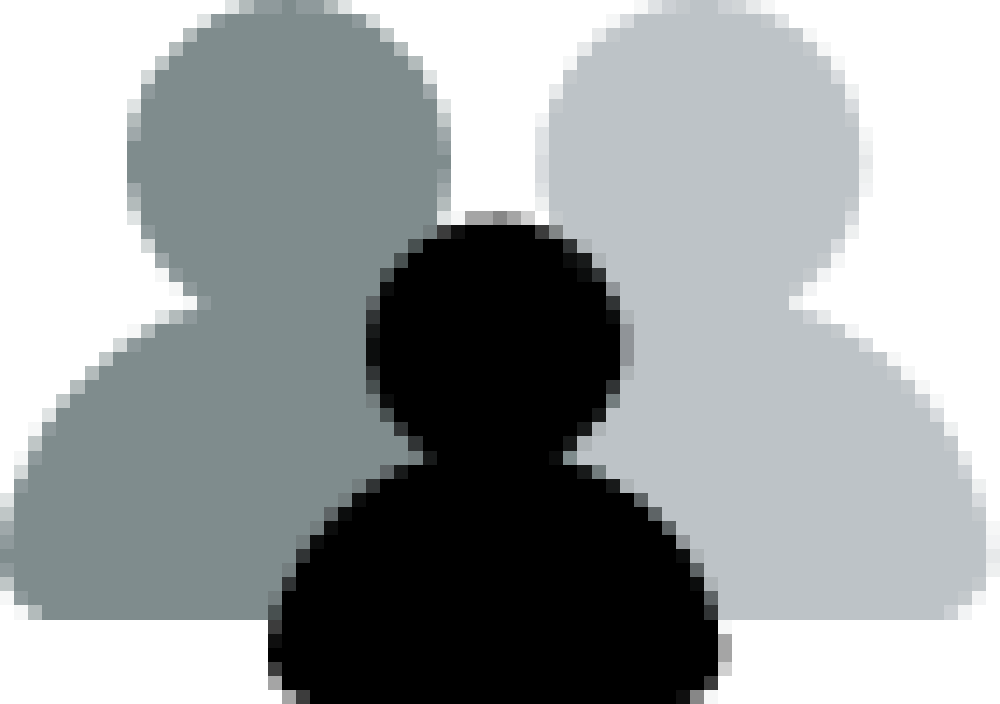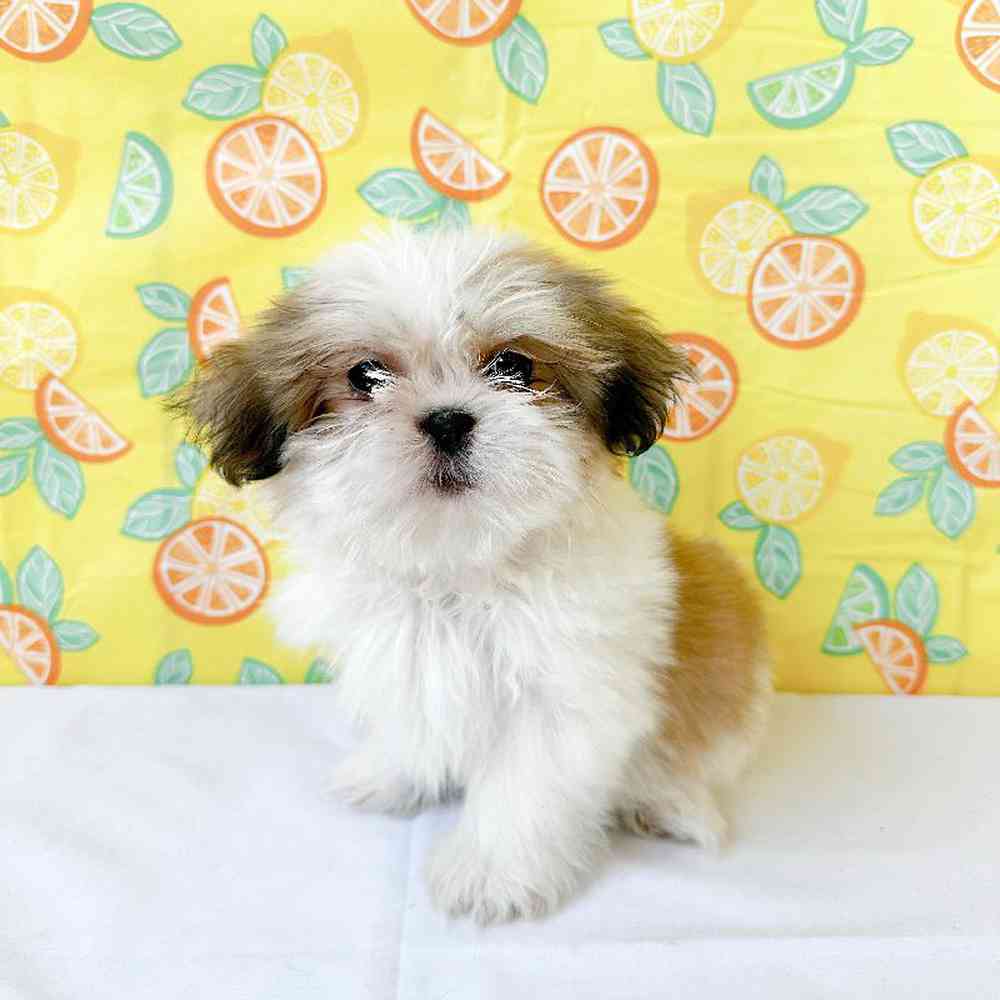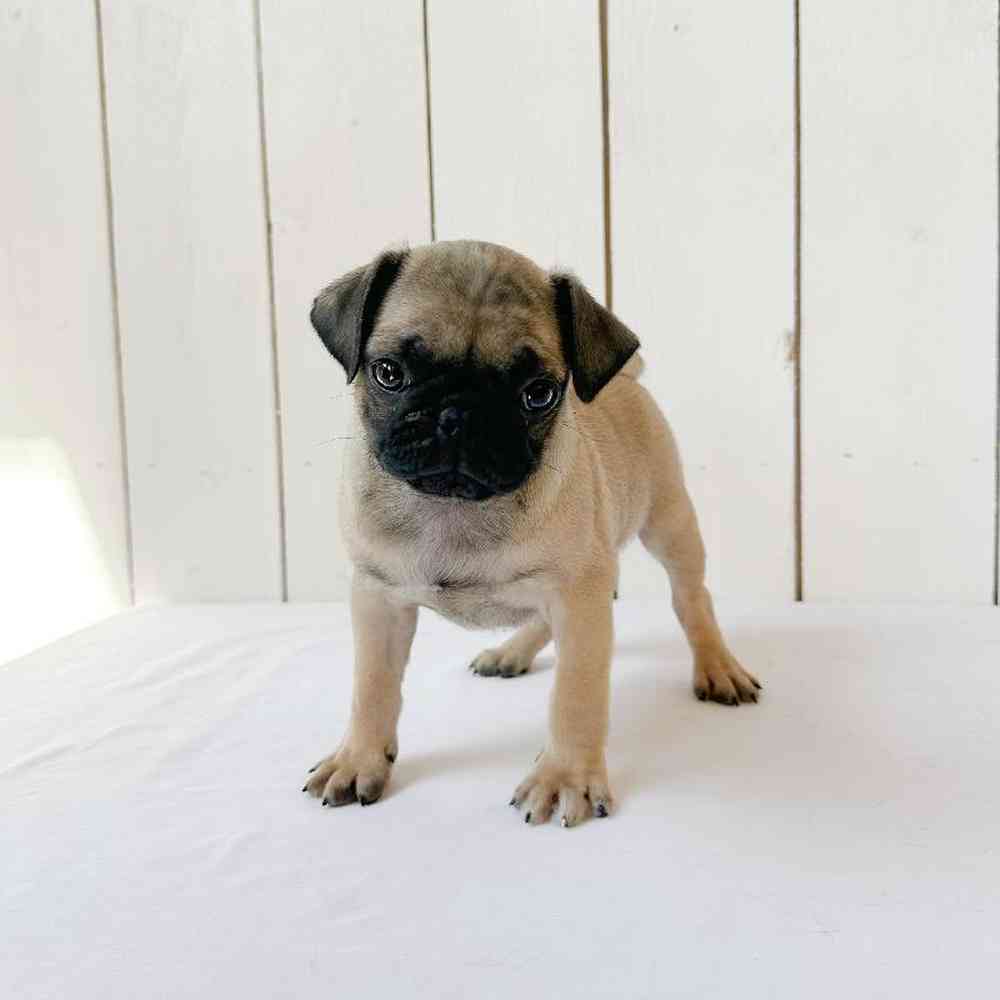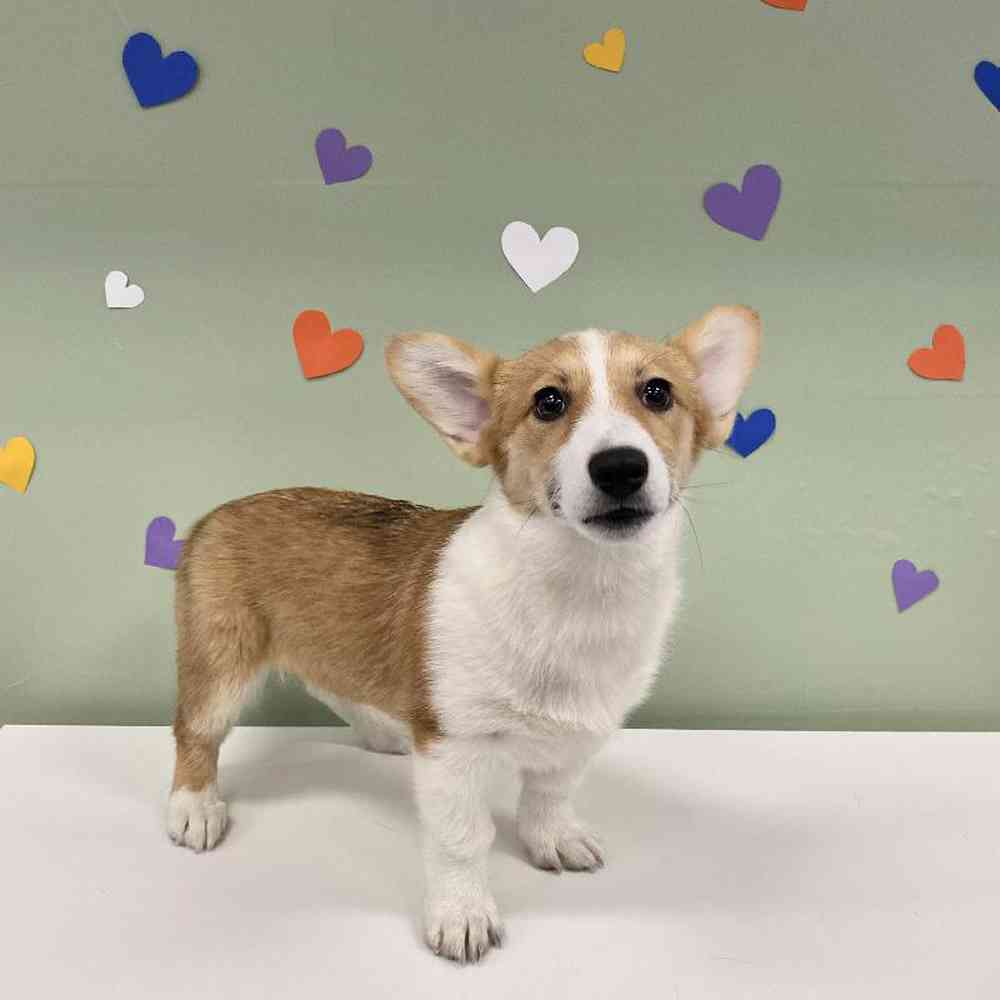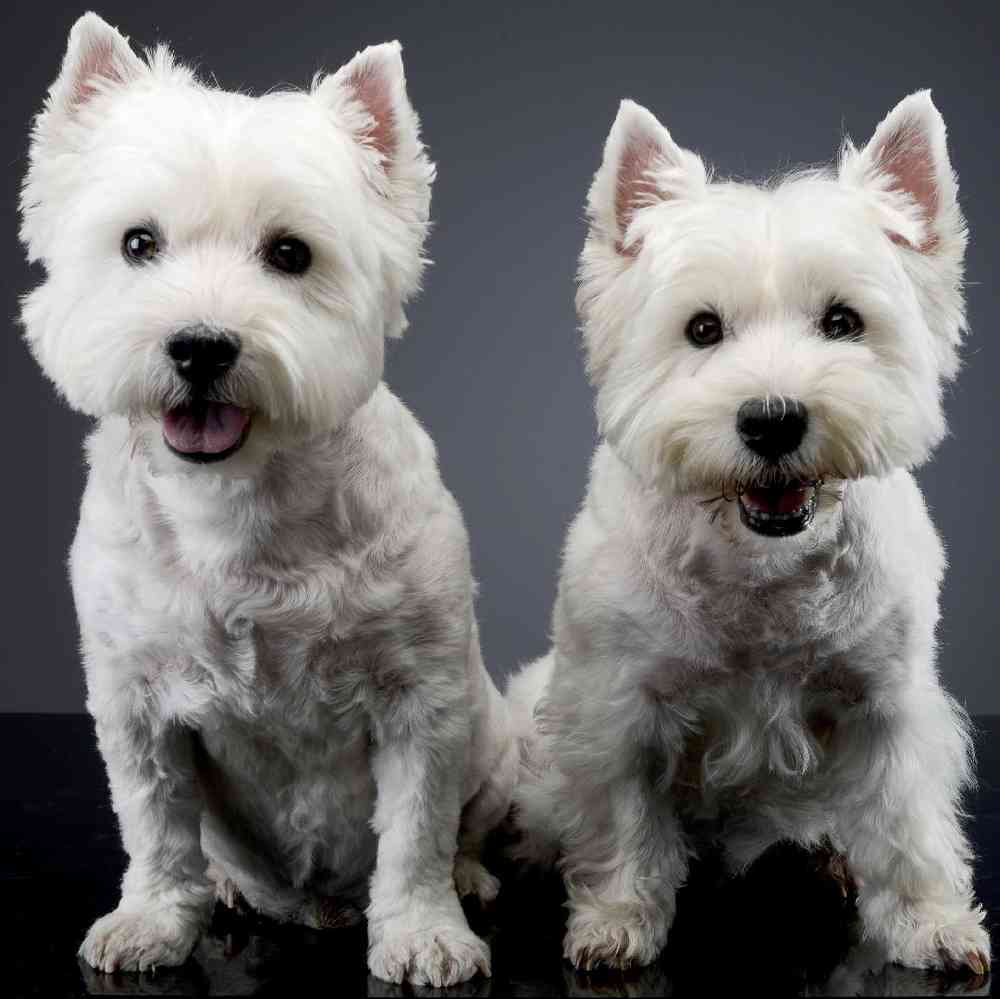
Apartment Friendly
AKC Registrable
Family Dog
West Highland White Terrier
Smart, confident, and always entertaining at play, the adorable West Highland White Terrier (Westie, for short) has charmed owners for over 300 years. This diminutive but sturdy earthdog is among the most popular of the small terriers.
Puppies Knowledge
Breed Standard
General Appearance
The West Highland White Terrier is a small, game, well-balanced hardy looking terrier, exhibiting good showmanship, possessed with no small amount of self-esteem, strongly built, deep in chest and back ribs, with a straight back and powerful hindquarters on muscular legs, and exhibiting in marked degree a great combination of strength and activity. The coat is about two inches long, white in color, hard, with plenty of soft undercoat. The dog should be neatly presented, the longer coat on the back and sides, trimmed to blend into the shorter neck and shoulder coat. Considerable hair is left around the head to act as a frame for the face to yield a typical Westie expression.
Size, Proportion, Substance
The ideal size is eleven inches at the withers for dogs and ten inches for bitches. A slight deviation is acceptable. The Westie is a compact dog, with good balance and substance. The body between the withers and the root of the tail is slightly shorter than the height at the withers. Short-coupled and well boned. Faults - Over or under height limits. Fine boned.
Head
Shaped to present a round appearance from the front. Should be in proportion to the body. Expression - Piercing, inquisitive, pert. Eyes - Widely set apart, medium in size, almond shaped, dark brown in color, deep set, sharp and intelligent. Looking from under heavy eyebrows, they give a piercing look. Eye rims are black. Faults - Small, full or light colored eyes. Ears - Small, carried tightly erect, set wide apart, on the top outer edge of the skull. They terminate in a sharp point, and must never be cropped. The hair on the ears is trimmed short and is smooth and velvety, free of fringe at the tips. Black skin pigmentation is preferred. Faults - Round-pointed, broad, large, ears set closely together, not held tightly erect, or placed too low on the side of the head. Skull - Broad, slightly longer than the muzzle. not flat on top but slightly domed between the ears. It gradually tapers to the eyes. There is a defined stop, eyebrows are heavy. Faults - Long or narrow skull. Muzzle - Blunt, slightly shorter than the skull, powerful and gradually tapering to the nose, which is large and black. The jaws are level and powerful. Lip pigment is black. Faults - Muzzle longer than skull. Nose color other than black. Bite - The teeth are large for the size of the dog. There must be six incisor teeth between the canines of both lower and upper jaws. An occasional missing premolar is acceptable. A tight scissors bite with upper incisors slightly overlapping the lower incisors or level mouth is equally acceptable. Faults - Teeth defective or misaligned. Any incisors missing or several premolars missing. Teeth overshot or undershot.
Neck, Topline, Body
Neck - Muscular and well set on sloping shoulders. The length of neck should be in proportion to the remainder of the dog. Faults - Neck too long or too short. Topline - Flat and level, both standing and moving. Faults - High rear, any deviation from above. Body - Compact and of good substance. Ribs deep and well arched in the upper half of rib, extending at least to the elbows, and presenting a flattish side appearance. Back ribs of considerable depth, and distance from last rib to upper thigh as short as compatible with free movement of the body. Chest very deep and extending to the elbows, with breadth in proportion to the size of the dog. Loin short, broad and strong. Faults - Back weak, either too long or too short. Barrel ribs, ribs above elbows. Tail - Relatively short, with good substance, and shaped like a carrot. When standing erect it is never extended above the top of the skull. It is covered with hard hair without feather, as straight as possible, carried gaily but not curled over the back. The tail is set on high enough so that the spine does not slope down to it. The tail is never docked. Faults - Set too low, long, thin, carried at half-mast, or curled over back.
Forequarters
Angulation, Shoulders - Shoulder blades are well laid back and well knit at the backbone. The shoulder blade should attach to an upper arm of moderate length, and sufficient angle to allow for definite body overhang. Faults - Steep or loaded shoulders. Upper arm too short or too straight. Legs - Forelegs are muscular and well boned. relatively short, but with sufficient length to set the dog up so as not to be too close to the ground. The legs are reasonably straight, and thickly covered with short hard hair. They are set in under the shoulder blades with definite body overhang before them. Height from elbow to withers and elbow to ground should be approximately the same. Faults - Out at elbows. Light bone, fiddle-front. Feet - Forefeet are larger than the hind ones, are round, proportionate in size, strong, thickly padded; they may properly be turned out slightly. Dewclaws may be removed. Black pigmentation is most desirable on pads of all feet and nails, although nails may lose coloration in older dogs.
Hindquarters
Angulation - Thighs are very muscular, well angulated, not set wide apart, with hock well bent, short, and parallel when viewed from the rear. Legs - Rear legs are muscular and relatively short and sinewy. Faults - Weak hocks, long hocks, lack of angulation. Cowhocks. Feet - Hind feet are smaller than front feet, and are thickly padded. Dewclaws may be removed.
Coat
Very important and seldom seen to perfection. Must be double-coated. The head is shaped by plucking the hair, to present the round appearance. The outer coat consists of straight hard white hair, about two inches long, with shorter coat on neck and shoulders, properly blended and trimmed to blend shorter areas into furnishings, which are longer on stomach and legs. The ideal coat is hard, straight and white, but a hard straight coat which may have some wheaten tipping is preferable to a white fluffy or soft coat. Furnishings may be somewhat softer and longer but should never give the appearance of fluff. Faults - Soft coat. Any silkiness or tendency to curl. Any open or single coat, or one which is too short.
Color
The color is white, as defined by the breed's name. Faults - Any coat color other than white. Heavy wheaten color.
Gait
Free, straight and easy all around. It is a distinctive gait, not stilted, but powerful, with reach and drive. In front the leg is freely extended forward by the shoulder. When seen from the front the legs do not move square, but tend to move toward the center of gravity. The hind movement is free, strong and fairly close. The hocks are freely flexed and drawn close under the body, so that when moving off the foot the body is thrown or pushed forward with some force. Overall ability to move is usually best evaluated from the side, and topline remains level. Faults - Lack of reach in front, and/or drive behind. Stiff, stilted or too wide movement.
Temperament
Loyal, Happy, Entertaining
Overview
Group
Terrier
About
Standing 10 to 11 inches at the shoulder, with dark piercing eyes, compact body, and a carrot-shaped tail wagging with delight, the Westie’s looks are irresistible. Beneath the plush-toy exterior, though, is a true working terrier of gameness and courage. Bred to hunt rats and other underground rodents, Westies are surprisingly strong and tough. The all-white double coat is hard to the touch, not soft and fluffy.



